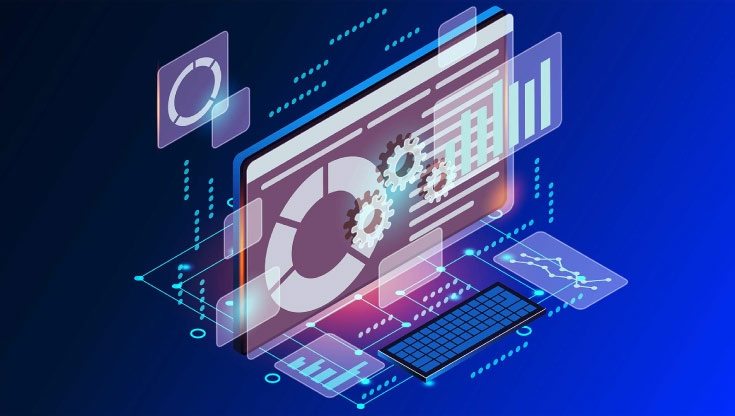Endpoint Expansion: Increasing Vulnerability?

Recently, millions of Kia vehicles were affected by a vulnerability that allowed malicious actors to control them remotely, simply by using the vehicle license plate number. This incident invites reflection on how the endpoint notion has changed in recent years, expanding far beyond the computers and cell phones we traditionally protected. Today, any device connected to a network is a potential target for cybercriminals, and with the proliferation of the Internet of Things (IoT) connectivity of devices, industrial systems, and even automobiles, the attack surface continues to grow.
In the past, endpoint management was relatively simple. Now, the number of devices connected to corporate networks has multiplied exponentially, and each of them represents a potential entry point for threat actors.
This rise in endpoints also poses a greater challenge for organizations seeking to maintain effective control over all these devices. According to Forrester, 62% of companies acknowledge they are finding it difficult to keep an accurate inventory of all their connected assets. This is a serious problem because, without proper monitoring, it’s virtually impossible to identify and correct vulnerabilities on time. A digital environment that is not fully mapped is an easy target for cyberattacks, especially when some connected devices may not be properly updated or protected.
Given this situation, it’s clear that relying only on traditional security solutions, such as signature-based antivirus, has become obsolete. Today's threats are more sophisticated and attacks are more subtle and hard to detect. This is why using more advanced technologies that can respond to these modern challenges is crucial. Security solutions can no longer limit themselves to identifying known threats; they now need to anticipate anomalous behavior, detect patterns that may indicate an imminent attack, and, most importantly, provide a fast and effective response. This proactive, preventive approach, offered by technologies such as Endpoint Detection and Response (EDR) and Extended Detection and Response (XDR), is essential to mitigate the risks of increased connectivity. Each respond to specific needs: while EDR focuses on protecting individual endpoints, XDR extends protection to the network as well. Which solution to implement will depend on the specific needs of each company, thus ensuring a tailored and effective cybersecurity strategy.
Despite the availability of advanced technologies, many companies still fail to take adequate security measures. This is clear from the Forrester report, which reveals that 50% of organizations consider their endpoint protection measures insufficient, suggesting they are unprepared to deal with current threats. Furthermore, a worrying 12% of companies only update their firmware when they perceive an imminent threat, a reactive approach that exposes many vulnerabilities for a prolonged period. This scenario underscores the urgent need to adopt more robust and preventive solutions such as EDR or XDR.
However, just implementing these technologies is not enough. They must be accompanied by a robust strategy that prioritizes continuous visibility and control over all connected devices, ensuring that patches and updates are applied regularly and not just when a crisis occurs.
Reviewing and updating endpoint security policies continuously is essential for companies to adapt to endpoint evolution. This is the only way to address the ever-expanding attack surface effectively and anticipate risks before they become critical problems.


